The Kitchen Trap: Clean Counters Aren’t Enough to Keep Germs Away
When you picture a clean kitchen, chances are you imagine sparkling countertops, spotless sinks, and neatly arranged utensils. It’s satisfying to see everything gleaming and in order. But appearances can be deceiving. A kitchen that looks clean doesn’t necessarily mean it’s free of germs. In fact, some of the most common cleaning habits may leave dangerous bacteria lurking in places you wouldn’t expect.
In this article, we’ll explore why your counters aren’t enough to protect you from kitchen germs, uncover the hidden hotspots where bacteria thrive, debunk common cleaning myths, and give you practical, expert-backed tips to maintain a truly hygienic kitchen. By the end, your kitchen will not only look clean—it will be safer for you and your family.
Counters Aren’t the Whole Story
Many people believe that wiping down the countertops is the ultimate step in kitchen hygiene. After all, counters are where we prepare food, right? But research shows that the visible surfaces of your kitchen are only a small part of the germ picture.
Bacteria thrive in moist, warm, and frequently touched areas, many of which are overlooked during routine cleaning. While a shiny countertop may look spotless, harmful bacteria such as E. coli, Salmonella, and Staphylococcus can be hiding elsewhere—on sponges, cutting boards, faucet handles, and even your refrigerator.
A 2017 study from the University of Arizona found that kitchen sponges contain more bacteria per square inch than a toilet seat, proving that germ hotspots are often hidden in plain sight. This is why relying solely on counter cleaning is a risky strategy.
Tips for Tackling Hidden Germ Hotspots
Let’s dive into the areas most people neglect but where bacteria can proliferate:
1. Sponges and Dishcloths
Sponges and dishcloths are indispensable for cleaning, but they are also the dirtiest items in your kitchen. They trap food particles, stay damp, and are used repeatedly without thorough disinfection.
Tip 1: Microwave a damp sponge for 1-2 minutes to kill bacteria. Be careful—sponges can be hot afterward!
Tip 2: Boil sponges for 5 minutes or soak them in a vinegar solution.
Tip 3: Replace sponges weekly to prevent bacterial buildup.
Dishcloths should be washed in hot water daily or replaced frequently if heavily soiled. Remember, a damp sponge is a bacteria magnet—don’t underestimate it.
2. Cutting Boards
Cutting boards, particularly wooden ones, develop grooves from knife cuts that trap bacteria. Using the same board for raw meat and vegetables increases the risk of cross-contamination, which can cause foodborne illnesses.
Tip 1: Use separate cutting boards for meat, poultry, and vegetables.
Tip 2: Wash boards with hot, soapy water after each use.
Tip 3: Disinfect with a bleach solution (1 tablespoon bleach per gallon of water) or use white vinegar for a natural alternative.
Plastic boards can be sanitized in the dishwasher, while wooden boards require careful hand-cleaning and drying.
3. Sinks and Faucet Handles
Your kitchen sink may look clean, but it’s constantly exposed to food particles, water, and soap residue, making it a prime site for bacteria. Faucet handles are high-touch surfaces, meaning they transfer germs to your hands repeatedly throughout the day.
Tip 1: Wipe handles daily with a disinfectant.
Tip 2: Use a small brush to scrub around faucets and drains.
Tip 3: Consider a touchless faucet or soap dispenser to reduce contamination
Even a sparkling sink can harbor bacteria if neglected regularly.
4. Refrigerator Handles and Seals
Your fridge is opened multiple times per day, and your hands carry bacteria into the kitchen each time. Door seals can trap spilled food, crumbs, and liquids, creating an ideal environment for bacterial growth.
Tip 1: Wipe handles daily with a disinfectant wipe or spray.
Tip 2: Clean door seals weekly with warm, soapy water.
Tip 3: Regularly remove expired food items to minimize bacterial growth.
Refrigerator hygiene is often overlooked but is essential for a germ-free kitchen.
5. Appliance Buttons and Knobs
Microwave buttons, blender switches, oven knobs, and coffee machine buttons are frequently touched but rarely cleaned. Over time, these small surfaces become a breeding ground for bacteria.
Tip 1: Use disinfectant wipes on buttons and knobs weekly.
Tip 2: Use a cotton swab dipped in rubbing alcohol to reach small crevices.
Tip 3: Consider removable knobs to make cleaning easier.
Even a seemingly minor surface can significantly affect kitchen hygiene.
Common Kitchen Cleaning Myths
Misconceptions about home cleaning often make people feel safer than they actually are. Let’s address some of the most widespread myths:
Myth 1: Soap and Water Kill All Germs
Soap removes dirt and reduces bacterial presence but does not eliminate all microbes. Disinfectants or heat are often needed to sanitize surfaces fully.
Myth 2: Hot Water Alone is Enough
Many people believe that rinsing dishes and counters with hot water is sufficient. Unfortunately, water alone, even if warm, doesn’t kill most bacteria. Use proper sanitizing house cleaning agents or methods.
Myth 3: Clean Counters Mean a Clean Kitchen
A spotless countertop can be misleading. Germs thrive in areas you rarely clean, like sponges, cutting boards, and appliance buttons. True hygiene requires cleaning beyond visible surfaces.
Effective Kitchen Deep Cleaning and Sanitizing Strategies
A clean-looking kitchen is a start, but deep cleaning and proper sanitization are essential to truly reduce germs.
Daily Cleaning Routine
Wipe counters with disinfectant.
Clean sink and faucet handles.
Rinse or replace dishcloths and sponges.
Dispose of food scraps promptly.
Weekly Deep-Cleaning
Disinfect cutting boards.
Clean refrigerator handles and seals.
Wipe down appliance buttons and knobs.
Rotate or sanitize sponges.
Monthly House Cleaning and Deep Sanitizing
Clean behind appliances and under sinks.
Use bleach or natural disinfectants on hard-to-reach areas.
Inspect and replace worn or heavily grooved cutting boards and knives.
These routines minimize bacteria in overlooked hotspots, creating a truly germ-free kitchen.
Habits That Prevent Germs
Home cleaning products alone aren’t enough. Healthy habits make a big difference:
Frequent Handwashing – Wash hands before and after handling raw meat, poultry, and vegetables.
Avoid Cross-Contamination – Separate utensils, boards, and plates for raw and cooked food.
Proper Drying – Moist environments breed bacteria; air-dry sponges and cloths.
Food Safety – Remove expired items promptly; store raw meat separately.
Regular Kitchen Audits – Check overlooked areas, like fridge drawers and appliance backs, monthly.
Consistent habits amplify the effectiveness of your cleaning products and routines.
Recommended Products for a Germ-Free Kitchen
Darine’s Super Cleaning site can highlight products that make sanitizing easier and safer:
Natural disinfectants: Vinegar and hydrogen peroxide are effective on most surfaces.
Antibacterial wipes: Perfect for high-touch areas like handles and buttons.
UV sanitizers: Great for sponges, knives, and small tools.
Quick-drying or antibacterial sponges: Reduce bacterial growth naturally.
Using the right tools makes germ elimination easier, faster, and more reliable.
Achieving a Truly Clean Kitchen
Keeping your kitchen germ-free is more than just a visual exercise. While shiny counters look appealing, bacteria thrive in hidden corners, on frequently touched items, and in damp areas. By understanding where germs hide, debunking cleaning myths, adopting effective routines, and using the right products, you can ensure a truly clean and safe kitchen.
Darine’s Super Cleaning services and expert tips make it easier than ever to go beyond surface cleaning. Remember: your counters may sparkle, but the real victory is in a kitchen that’s genuinely free of harmful germs.
Top 10 Germ Hotspots in Your Kitchen
Even with good daily cleaning routines, some areas are notorious for harboring bacteria. Here are the top 10 germ hotspots you should never overlook.
Sponges – Constantly damp, sponges trap food particles and become breeding grounds for bacteria.
Dishcloths – Moist fabric holds germs easily; without frequent washing, they spread contamination quickly.
Microwave interiors – Food splatters and steam buildup allow bacteria to thrive inside microwaves.
Refrigerator handles – Frequently touched with unwashed hands, handles transfer germs to food surfaces.
Cutting boards – Tiny knife grooves trap raw food residue, making cross-contamination a daily risk.
Counter edges – Crumbs and spills collect in crevices, attracting bacteria and mold growth.
Sink and faucet – Water splashes and food debris leave behind hidden bacteria colonies around fixtures.
Appliance buttons – High-touch surfaces accumulate grease, grime, and bacteria without regular cleaning.
Drawers and oven handles – Often overlooked, these small surfaces harbor germs transferred during cooking.
Trash cans – Residue and moisture create ideal conditions for bacteria, odors, and pests.
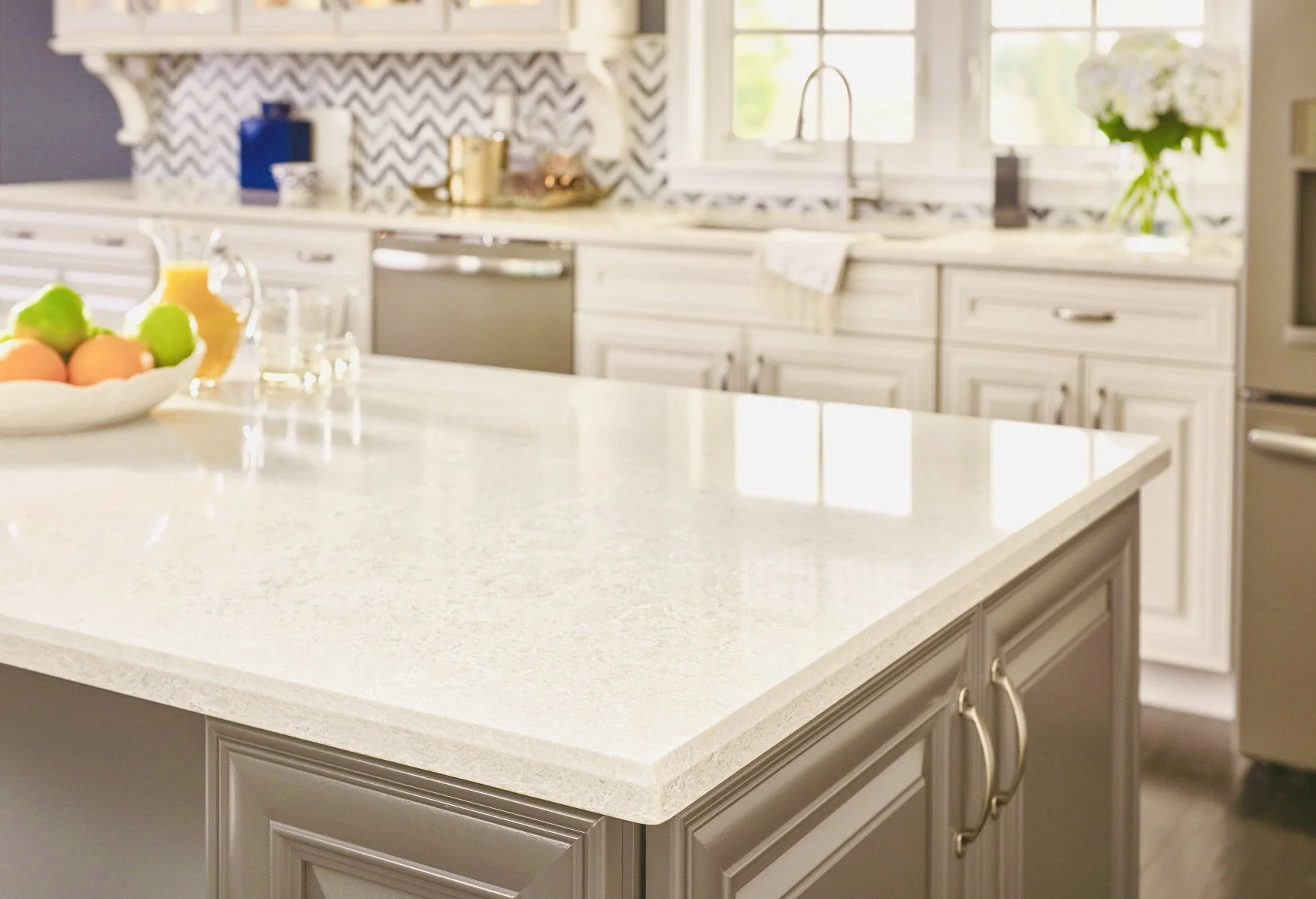



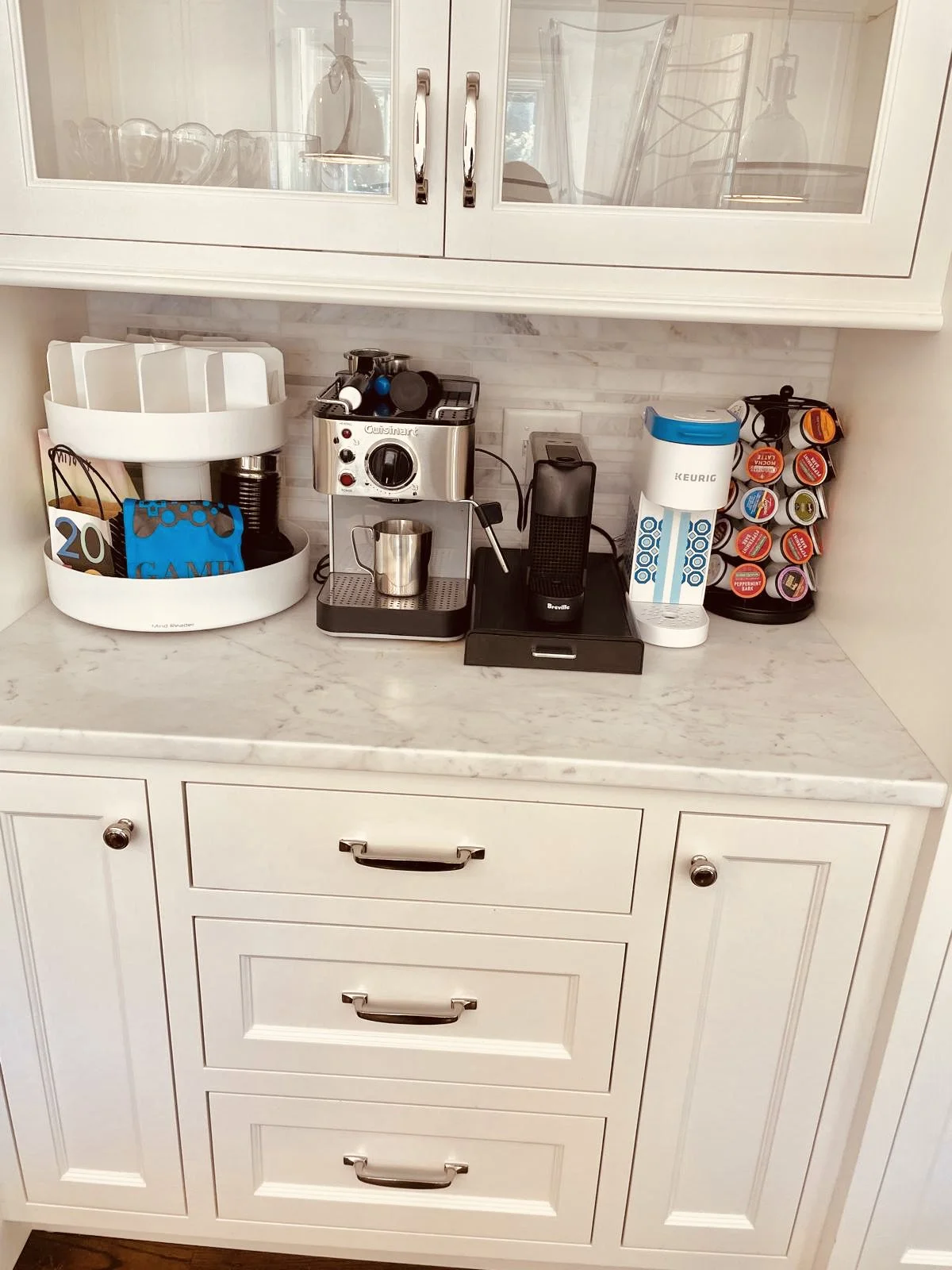

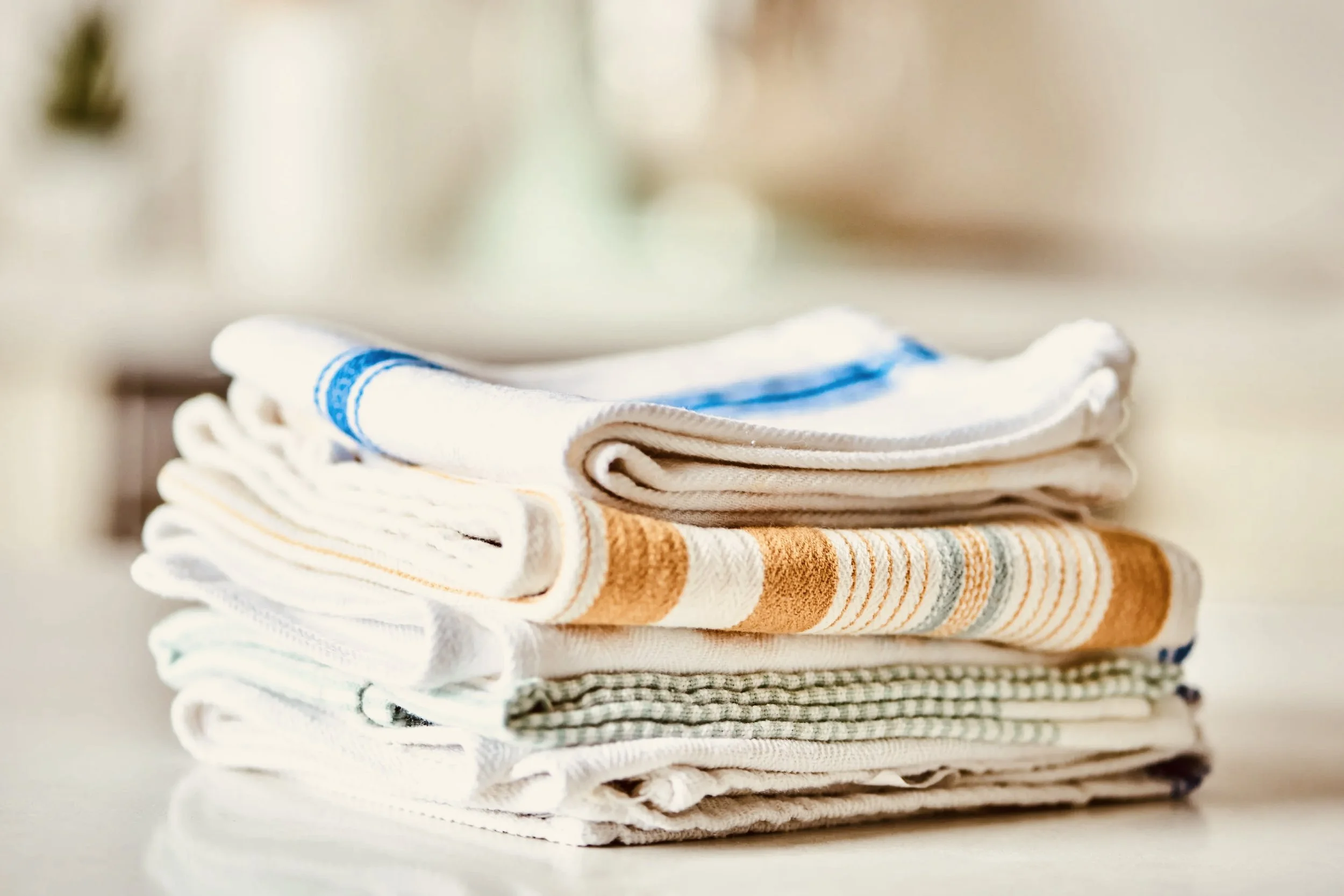
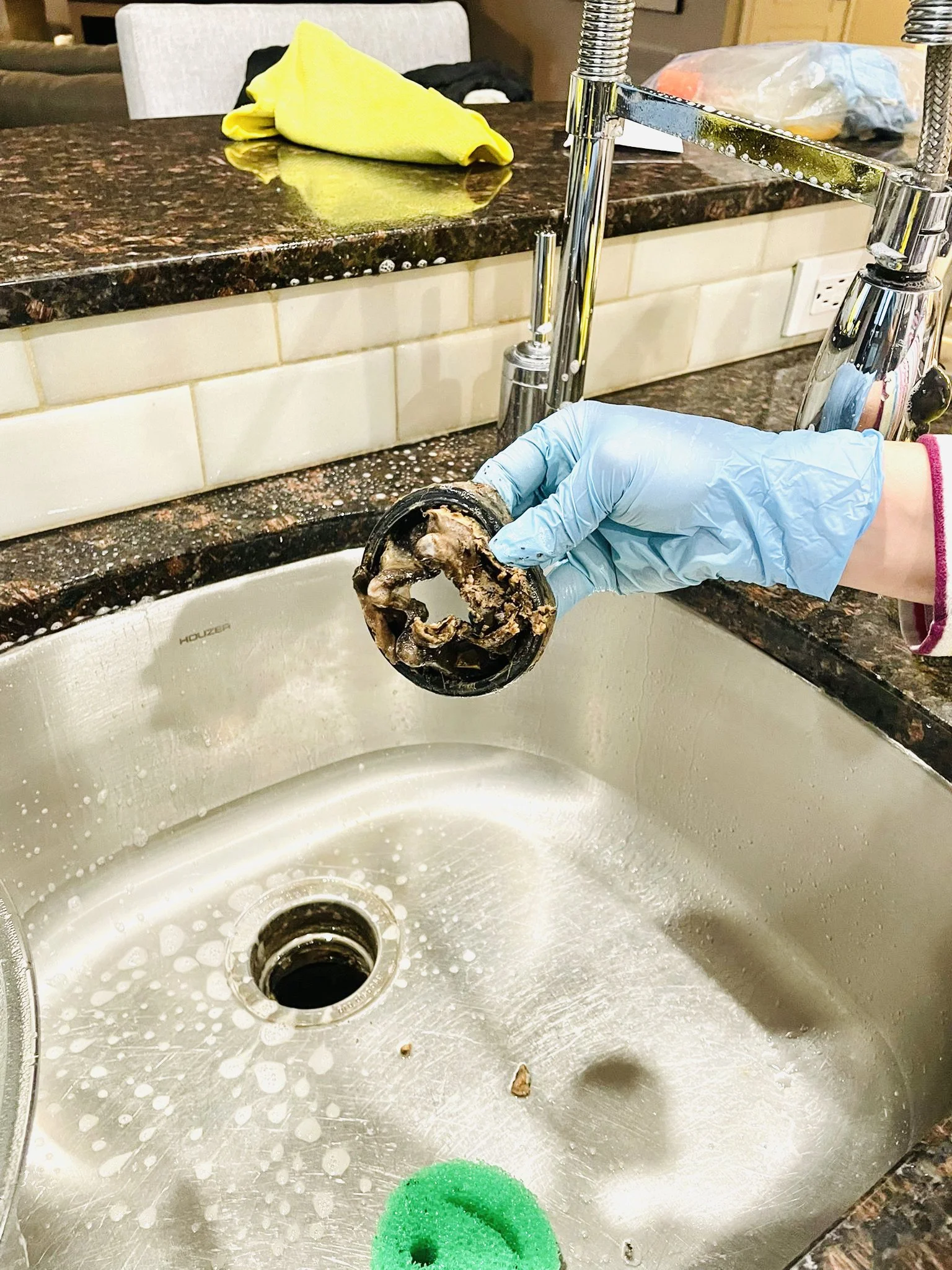
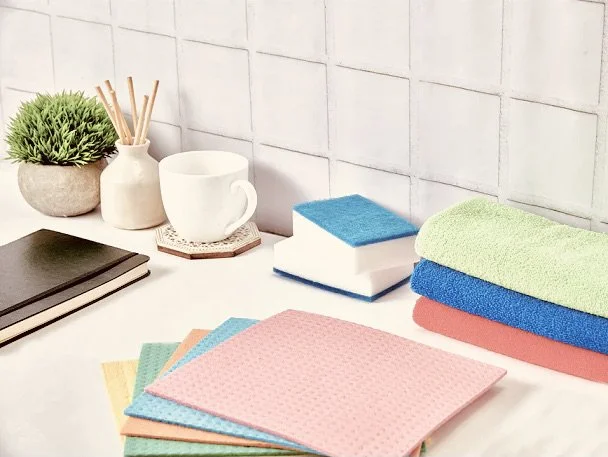
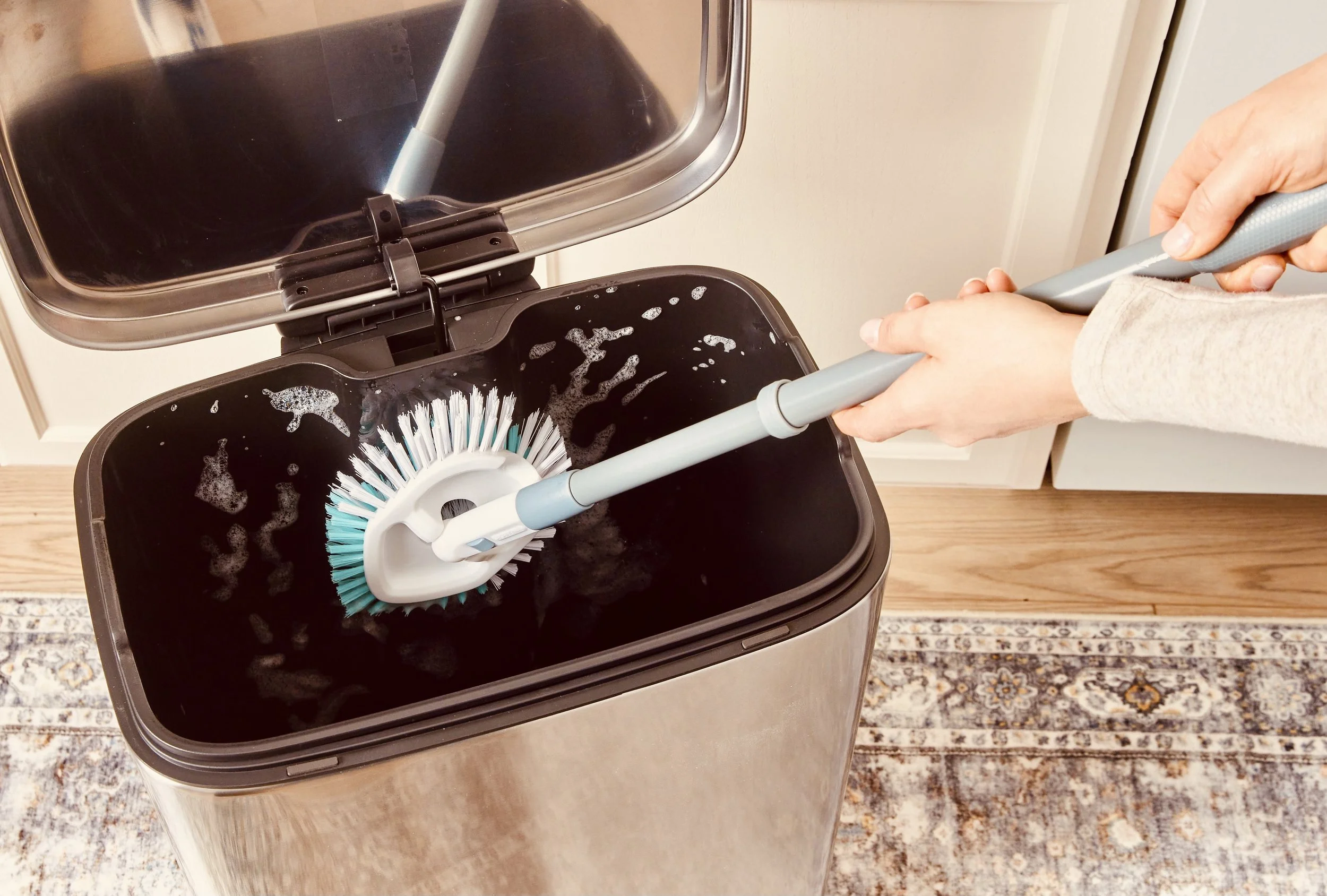
Is Your Kitchen Really Clean?
Think your kitchen habits are keeping germs away? It’s time to put them to the test. This quiz will reveal how your cleaning routines stack up, show you where germs may still be hiding, and give you a personalized sanitation score. Plus, you’ll get tailored recommendations from Darine’s Super Cleaning to help you maintain the sparkling, germ-free kitchen you deserve.
Answer these quick questions and discover your personalized sanitation score — plus the best house cleaning plan for your home in Fairfield, Ct.
-
A) Every week (5 points)
B) Every 2–3 weeks (3 points)
C) Once a month or longer (1 point)
-
A) Always, with hot water and disinfectant (5 points)
B) Sometimes, just with soap and water (3 points)
C) Rarely or never (1 point)
-
A) Weekly or bi-weekly, wiping shelves and drawers (5 points)
B) Once every few months (3 points)
C) Only when spills happen (1 point)
-
A) Change daily and wash in hot water (5 points)
B) Every few days (3 points)
C) Once a week or less (1 point)
-
A) Several times a week (5 points)
B) Once a week (3 points)
C) Rarely, when it looks dirty (1 point)
-
A) Yes, during every wipe-down (5 points)
B) Sometimes, when I remember (3 points)
C) No, I only clean the top surface (1 point)
-
A) Weekly or more (5 points)
B) Every couple of weeks (3 points)
C) Only when it smells bad (1 point)
-
A) After each use or at least weekly (5 points)
B) Once a month (3 points)
C) Only when food spills (1 point)
Results:
-
Kitchen Superstar 🏆
Your habits are excellent—your kitchen is fresh, safe, and well-maintained.
Darine’s Super Cleaning recommends professional monthly cleaning to keep everything sparkling with minimal effort. -
Almost There ✨
You’re on the right track, but some hotspots like fridge interiors or trash cans may need more attention.
Darine’s Super Cleaning recommends bi-weekly cleaning to catch hidden grime before it builds up. -
Germ Alert ⚠️
Your kitchen looks fine on the surface, but bacteria are likely thriving in overlooked areas.
Darine’s Super Cleaning recommends professional weekly cleaning to eliminate buildup and reset your space. -
Danger Zone 🚨
Germs are running wild, and your kitchen may be putting your family’s health at risk.
Darine’s Super Cleaning recommends a deep cleaning service, followed by weekly cleaning, to restore and maintain a truly hygienic kitchen.
Why Choose Darine’s Super Cleaning?
Expert deep cleaning that restores surfaces to like-new condition.
Flexible weekly, bi-weekly, and monthly cleaning schedules tailored to your needs.
Specialized kitchen sanitation to eliminate hidden germs and bacteria.
Serving Fairfield, CT and surrounding areas, with trusted local professionals.
At the end of the day, keeping your kitchen truly germ-free means looking beyond what sparkles on the surface. Counters may shine and sinks may look polished, but the real test of cleanliness lies in the hidden areas we often forget. With consistent habits, the right products, and support from Darine’s Super Cleaning, you can transform your kitchen into a space that’s not only beautiful but also safe and hygienic for your family.
RELATED TOPICS:
Post-Construction Residential Cleaning Services in Fairfield, CT
#FairfieldKitchenCleaning #FairfieldCTKitchenCare #FairfieldDeepClean #FairfieldHomes #KitchenCleaningTips #FairfieldCTCleaningServices #FairfieldCounty #FairfieldHomeCleaning #CTKitchenCleaning #ConnecticutCleaningExperts #FairfieldMaidService #KitchenCleaning #CleanKitchenGoals #FairfieldCT #KitchenDeepClean #FairfieldLiving #KitchenSanitation #KitchenOrganizationAndCleaning #GermFreeKitchen #HealthyKitchenHabits
RELATED ARTICLES:
Preparing Your Home for Professional Deep Cleaning Services in Easton, CT
Basement Warning: How Mold and Dust Can Turn Your Favorite Room into a Health Hazard
The Hidden Benefits of Regular Cleaning Services in Wilton, CT
Continue reading:
The Heart of the Home: How a Clean Family Room Strengthens Bonds and Fills Life with Joy
Clean & Cozy: Simple Décor Ideas That Make Your Home Feel Like a Retreat
Clients Notice Everything—Here’s Why a Clean Office Is Your Silent Business Partner
What Sets Our Move Out House Cleaning Services Apart from Competitors in Trumbull, CT
Darine’s Super Cleaning’s Free Service: House Cleaning for Cancer Patients and their Families
Your Bedroom Might Be Hurting Your Sleep: How Dust and Clutter Affect Your Rest

